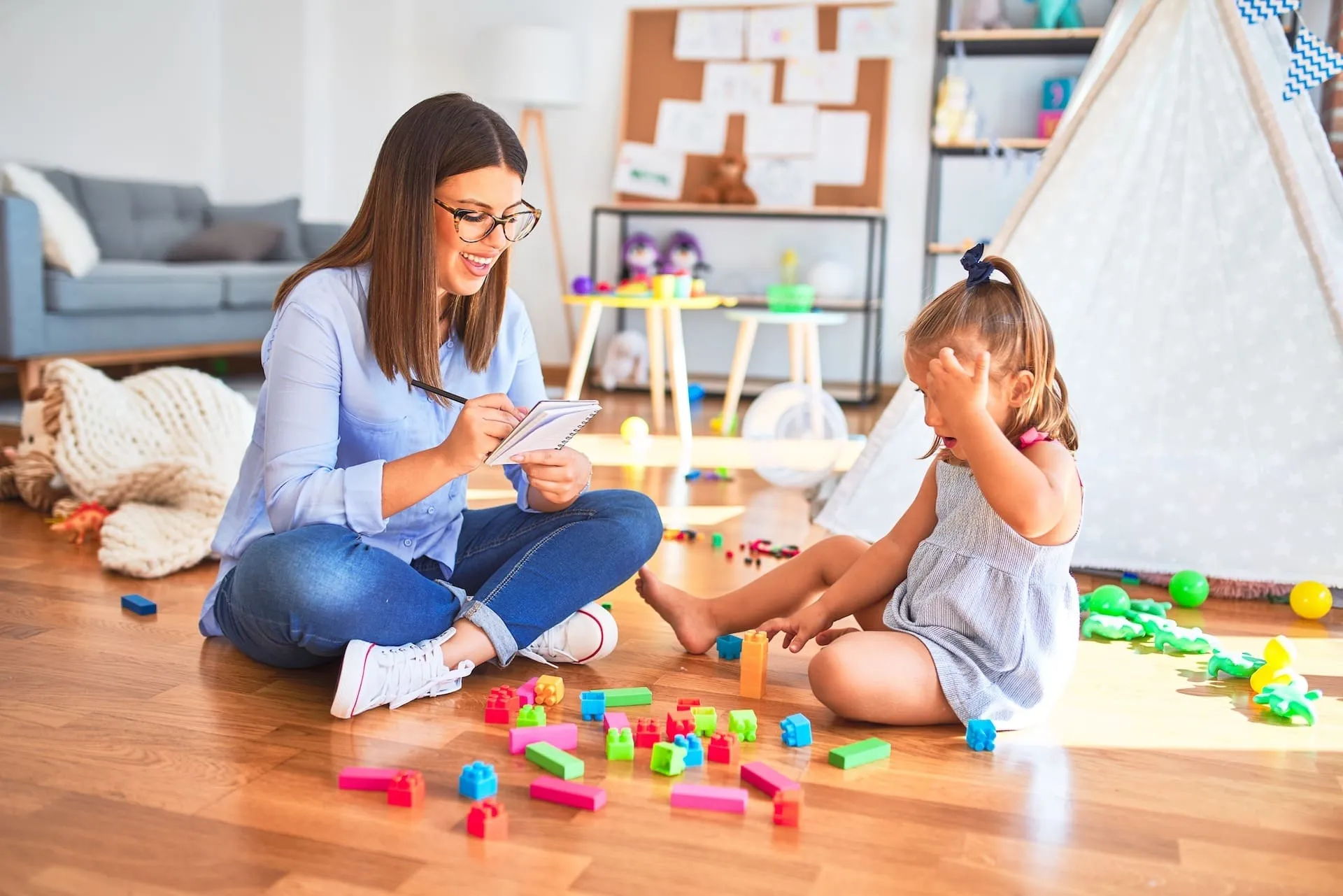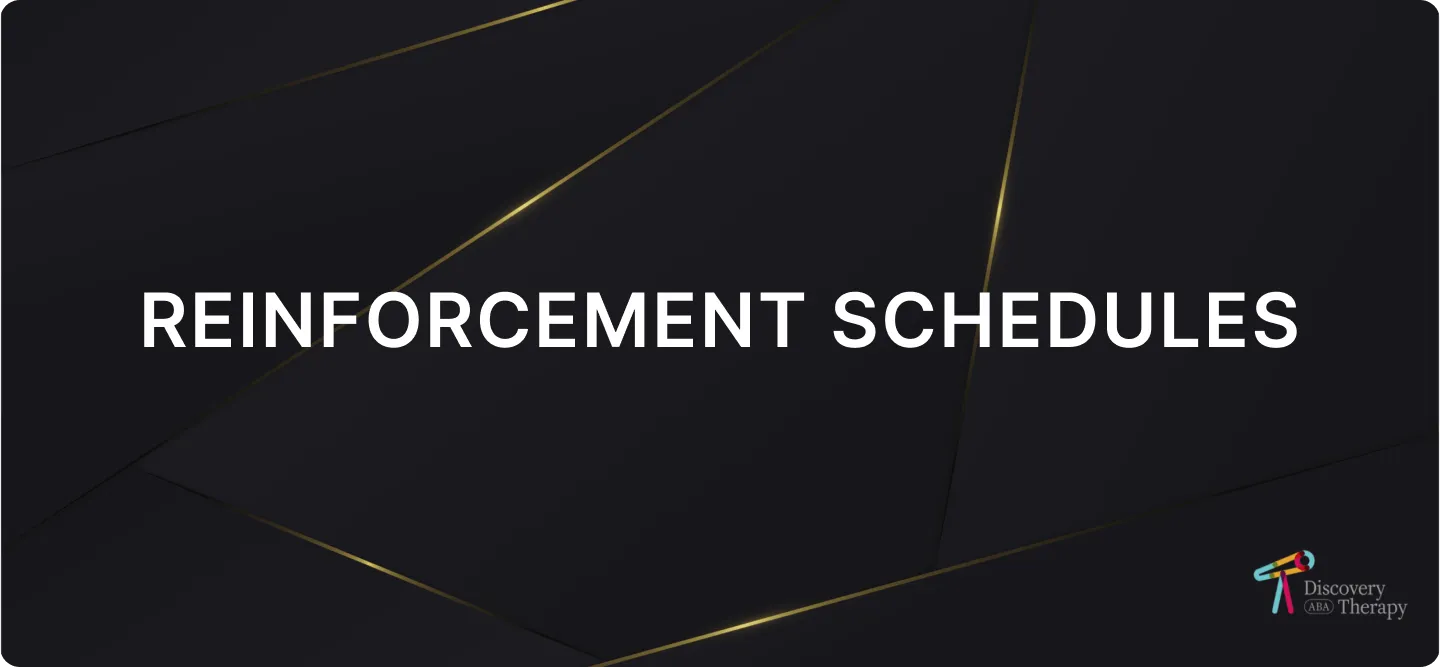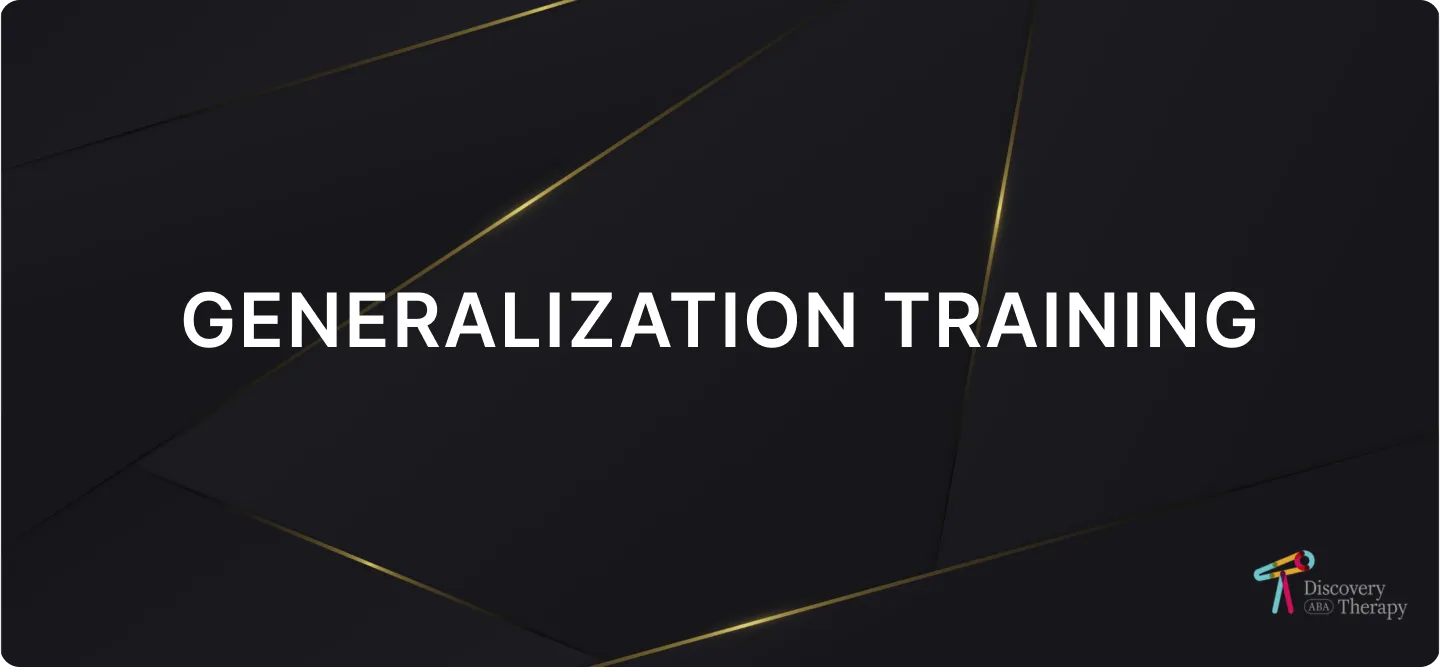10 ABA Therapy Techniques To Try At Home
Today we'll show you the most beneficial ABA therapy techniques for children with autism or other developmental disabilities.

Using ABA Therapy Techniques
If you have a child on the autism spectrum, you may have heard of ABA therapy. ABA, or Applied Behavior Analysis, is a type of therapy that focuses on helping children with autism learn new skills and behaviors.

There are many different techniques that can be used in ABA therapy, and each child may respond differently to each one.
Today we'll explore 10 different ABA therapy techniques that you can use at home to help your child learn and grow.
We'll also provide some tips on how to choose the right technique for your child's needs. With a little bit of trial and error, you can find the perfect combination of techniques to help your child thrive.
10 ABA Therapy Techniques to Try
Trying anything new can be a challenge, but the best way to make it easier is by breaking each task into smaller steps. If you're looking to add something new and exciting to your weekly routine, there are 10 techniques that might just help you out.
From simply adding an extra hour of sleep each night, to signing up for an online class that you've always wanted to take, these techniques are simple yet effective ways of shaking up your daily life in meaningful ways.
Take some time to think about which would be most beneficial for you, and get ready for some great life-changing experiences!
- Positive Reinforcement
- Discrete Trial Training
- Natural Environment Teaching
- Modeling
- Prompts
- Reinforcement Schedules
- Task Analysis
- Errorless Learning
- Generalization Training
- Visual Supports
1. Positive Reinforcement

Positive reinforcement is a technique used in ABA therapy that encourages desired behaviors by providing rewards for those behaviors.
By providing positive reinforcement, such as verbal praise or tangible rewards, you can help your child learn new skills and behaviors quickly and effectively. To use positive reinforcement, identify the behavior you want to reinforce, then provide a reward when the desired behavior occurs.
2. Discrete Trial Training (DTT)

Discrete trial training (DTT) is a teaching method used in ABA therapy that involves breaking down tasks into small, manageable steps. Each step is taught separately until the entire task has been mastered or learned.
This technique is effective because it helps children learn gradually and builds upon their successes, making it easier for them to understand and remember what they’ve learned.
To use this technique in your own home, break down the task into small steps, then slowly work through those steps with your child until the desired behavior is achieved.
3. Natural Environment Teaching (NET)

Natural environment teaching (NET) is a technique used in ABA therapy that focuses on teaching behaviors in their natural context. This means teaching skills in real-world settings such as at school or at home, rather than just within a therapeutic setting.
Create meaningful activities related to the desired behavior and provide supports that help your child succeed in completing these tasks independently.
4. Modeling

Modeling is a technique used in ABA therapy that involves demonstrating desired behaviors for your child. This technique can be effective because it gives children a tangible example of the behavior you’re looking for them to learn. To use this technique, demonstrate the desired behavior and then provide guidance and support as your child practices it.
5. Prompts

Prompts are cues that remind your child of an expected response or behavior, such as verbal prompts or physical cues like pointing or gesturing.
These reminders can help your child learn new skills or correct problem behaviors by providing them with additional supports when needed. To use this technique, identify the desired behavior, then provide prompts as necessary to encourage and reinforce it.
6. Reinforcement Schedules

Reinforcement schedules are techniques used in ABA therapy that involve providing rewards for certain behaviors. These rewards can be either immediate or delayed, depending on the effectiveness of each method.
For example, providing an immediate reward (e.g., praise) may encourage a behavior more quickly than providing a delayed reward (e.g., a sticker). Identify the desired behavior and then decide what type of reinforcement is most effective for your child.
7. Task Analysis

Task analysis is a technique used in ABA therapy that involves breaking down complex tasks into smaller steps that are easier to learn and remember.
This technique can be especially helpful when teaching children new skills or helping them correct problem behaviors by making it easier to focus on the individual components of a task.
Start by identifying the desired behavior and then break it down into smaller steps that can be taught separately. Once each step is mastered, gradually add more steps until the entire task has been learned.
8. Errorless Learning

Errorless learning is a technique used in ABA therapy that focuses on teaching behaviors with minimal errors or mistakes. This technique helps children learn quickly by preventing them from making incorrect responses during instruction and providing immediate reinforcement when they do make an error.
Start with clear instructions and provide cues to help your child remember what to do. Then if your child makes a mistake, provide corrective feedback without punishing them for the mistake.
9. Generalization Training

Generalization training is a technique used in ABA therapy that focuses on teaching skills in different settings. This helps children learn how to apply the behaviors they’ve learned in one setting to other situations and environments.
To use this technique, provide instruction for the desired behavior in several settings, providing guidance as needed to help your child transfer their learning from one place to another.
10. Visual Supports

Visual supports are materials that provide visual cues or information about expectations, such as pictures or symbols. These tools can be especially helpful for children with autism spectrum disorder (ASD) who may find it difficult to understand verbal instructions.
To use this technique, identify the desired behavior and create visual supports related to it that can help your child better understand what is expected. Provide the visual supports as needed to help your child remember and practice the desired behavior.
Sources
Does Your Child Have An Autism Diagnosis?
Learn More About How ABA Therapy Can Help
Find More Articles
Contact us
North Carolina, Nevada, Utah, Virginia
New Hampshire, Maine
Arizona, Colorado, Georgia, New Mexico, Oklahoma, Texas
.avif)




































































































